Fall tends to sneak up fast, especially when you're busy growing, harvesting, and preserving everything you can.
But once the cooler weather settles in, it’s time to shift gears.
For micro homesteaders, fall isn’t just the end of the growing season – it’s the time to clean up, stock up, and get everything in order before winter hits.
Whether you're putting the garden to rest, organizing your pantry, or just trying to stay one step ahead of the cold, the work you do now makes a big difference later.
This list of 12 focused tasks is designed to help you wrap up the season in a practical, manageable way – without wasting time or energy.
12 High-Impact Micro Homesteading Tasks to Do This Fall
Getting ready for winter on a small homestead takes more than just packing things away.
The goal is to use the fall months to take care of what you’ve built, make room for what’s next, and avoid scrambling when the weather turns.
These 12 tasks are practical, effective, and tailored for homesteaders working with limited space and time.
1. Shut Down the Garden (and Protect Your Soil)
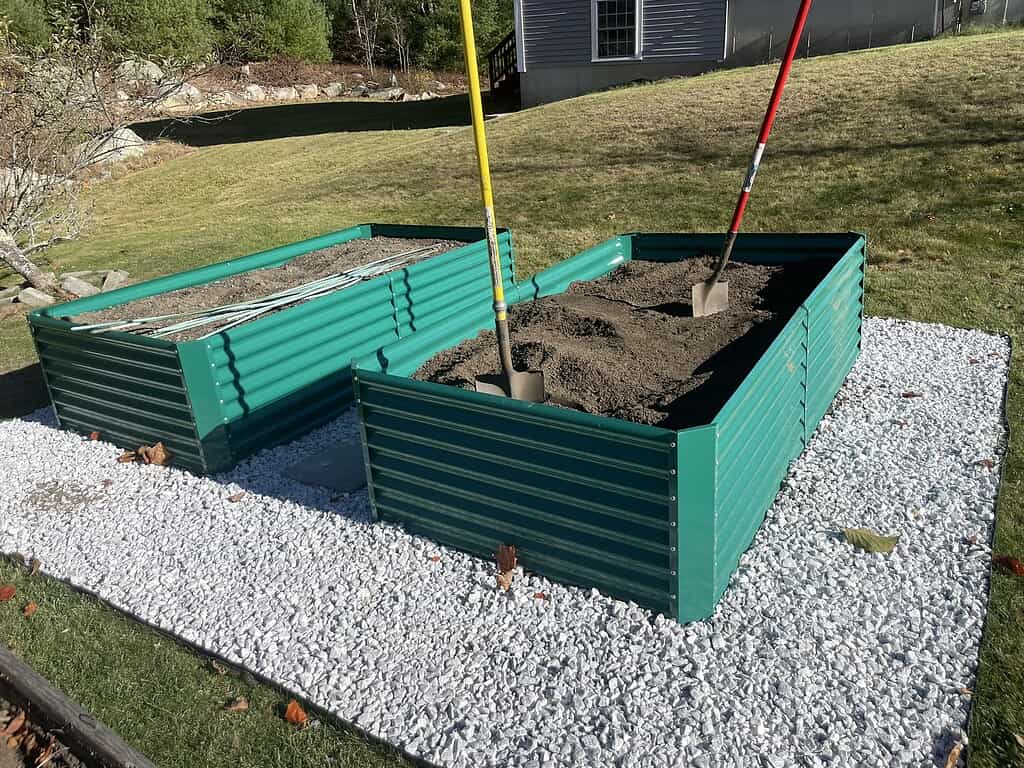
Once your final harvest is in, it’s time to wind the garden down.
Start by pulling out dead plants, removing weeds, and emptying any containers or pots that won’t overwinter well.
(If you struggle with regrowth in spring, you may also like my guide on natural methods to prevent weeds.)
Leaving plants to rot in place can invite pests and disease, so clearing them out is key.
After cleanup, protect your soil. If you’ve got access to fallen leaves, spread them over your beds as mulch. This helps prevent erosion, feeds the soil, and keeps it from compacting over winter.
If you prefer planting a cover crop like clover or winter rye, get it in the ground before the soil freezes. Either method adds nutrients and improves soil structure for spring planting.
2. Plant Garlic for a Strong Spring Harvest

Garlic needs a cold period to grow well, which makes fall the best time to plant it.
If you’ve never planted it before, I have a simple guide on simple steps to grow garlic that walks you through the basics.
Choose a sunny spot and plant in loose, well-drained soil – no-till beds work great here.
Break apart your garlic bulbs and plant each clove with the pointy end up, about 2 inches deep and spaced 4 to 6 inches apart.
Once planted, cover the bed with a thick layer of mulch – leaves or straw work well.
This protects the cloves from extreme cold while letting them establish roots before the ground freezes. Come spring, your garlic will be one of the first crops to wake up.
3. Store Away Summer Tools and Equipment
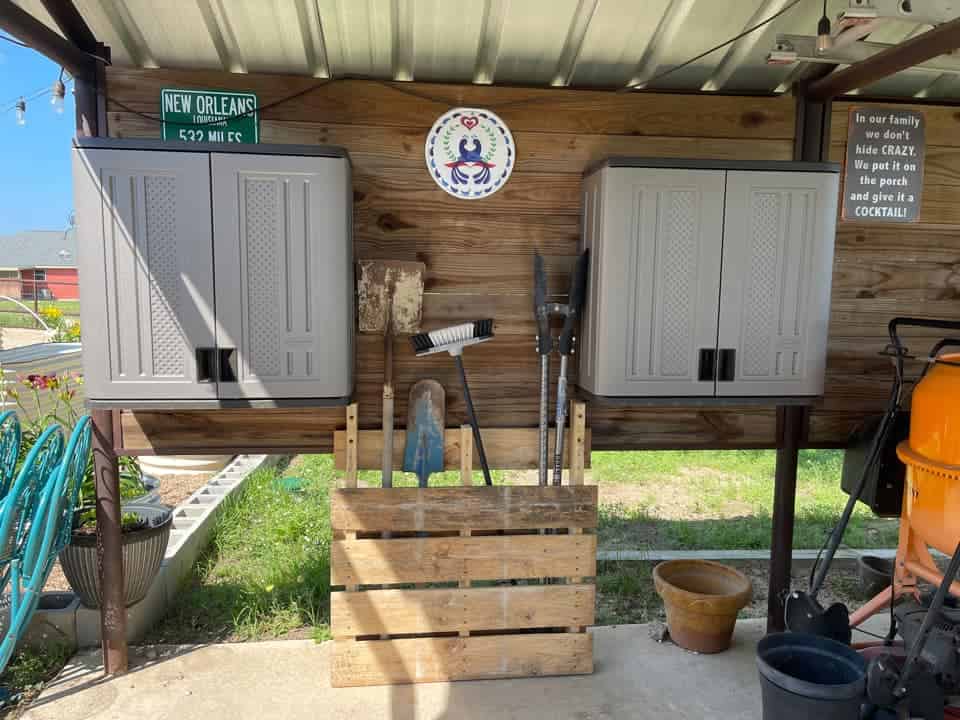
With the growing season wrapped up, it’s time to pack up anything you won’t need until spring.
Leaving tools, hoses, or outdoor gear exposed to freezing temperatures can shorten their life or leave you with repairs when you least want them.
Start by rinsing and drying your garden tools, then store them in a dry place to prevent rust.
(If you need setup inspiration, I also have a post with practical garden tool storage ideas that can help you keep everything organized through winter.)
Coil up hoses and disconnect them from outdoor faucets – frozen water inside can cause cracks or leaks.
If you used window air conditioners or had patio furniture outside, now’s the time to clean and store those too. Keeping your gear dry and organized saves money and makes spring setup easier.
4. Organize and Restock Your Pantry for Winter
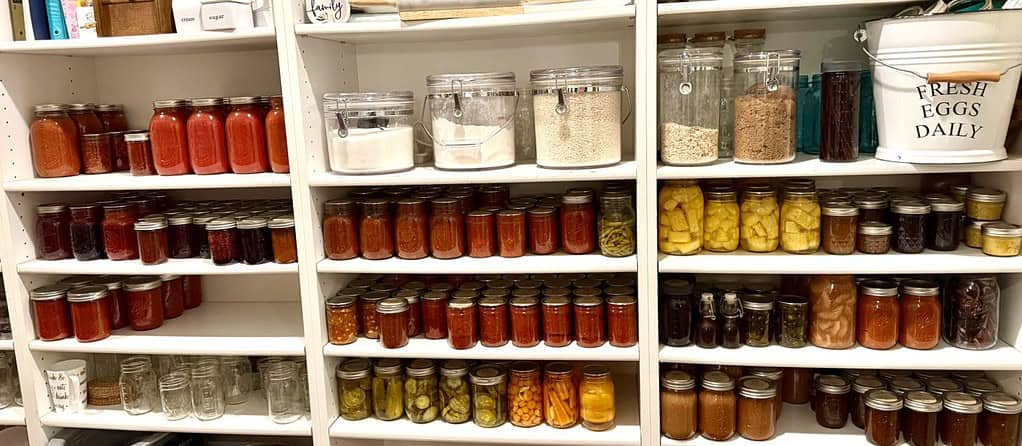
Before winter sets in, do a full check of your pantry.
Pull everything off the shelves, wipe down surfaces, and check dates on what you’ve stored. Compost expired dry goods and set aside anything you won’t realistically use for donation.
Once things are cleaned up, take stock of what’s missing.
Even if you grow much of your own food, some essentials (like sugar, salt, oats, or canned goods) are worth buying now while prices are steady and before the holiday rush.
If you plan to preserve late-season produce, you may also want to revisit my comprehensive water bath canning guide to keep your shelves stocked through winter.
Organize your shelves so that the oldest items are in front, and group things by category to make meal prep easier in the months ahead.
5. Preserve Your Summer Harvest Before It’s Too Late
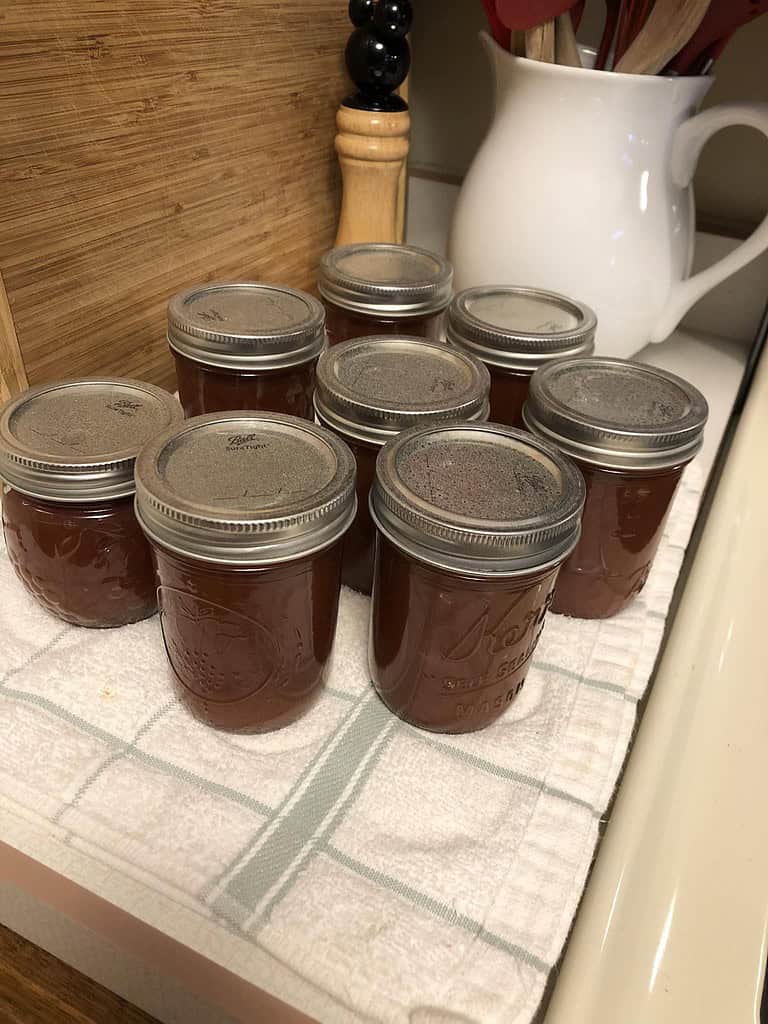
Fall is your last window to save what’s left of the summer harvest.
Start by gathering anything still growing – especially tomatoes, zucchini, apples, and winter squash. Even green tomatoes can be ripened indoors or turned into salsa or chutney.
If you’ve got apples, consider making applesauce, butter, or pie filling. Tomatoes can be canned into pasta sauce or salsa, or frozen for later use in soups and stews.
Zucchini can be shredded and frozen for baking, and winter squash can be turned into puree for breads and muffins.
Whatever method you choose – canning, freezing, drying – preserving now helps stretch your food stores and reduce waste.
6. Winterize Your Home for Comfort and Safety
Before temperatures drop too low, get your house ready to handle the cold.
Start with the heating system: change your furnace filter, and if you rely on a wood stove, make sure it’s cleaned out and ready.
Check that the chimney is clear and that there are no cracks in the fire bricks or glass.
This is also a good time to seal any drafts around doors or windows and make small repairs you've put off.
Getting these done now can help you avoid bigger issues once winter sets in – and it keeps your energy use (and bills) lower through the season.
If you keep backyard hens, this is also the point in the season to begin winterizing the chicken coop so they stay dry, ventilated, and warm through colder weather.
7. Complete Seasonal Home Maintenance Tasks

Fall is the time to take care of home maintenance before wind, rain, or snow make things harder.
Start by cleaning your windows – both inside and out – so you can take advantage of natural light during shorter days.
Switch out summer bedding and clothes for warmer options, and check that blankets, coats, and boots are easy to reach.
Don’t skip the outside. Clear out gutters and downspouts to prevent water damage, and inspect the roof for loose shingles or small leaks.
Taking care of these jobs now helps prevent bigger repairs later – and keeps your space warmer and drier through winter.
8. Rake and Reuse Leaves for Compost and Mulch
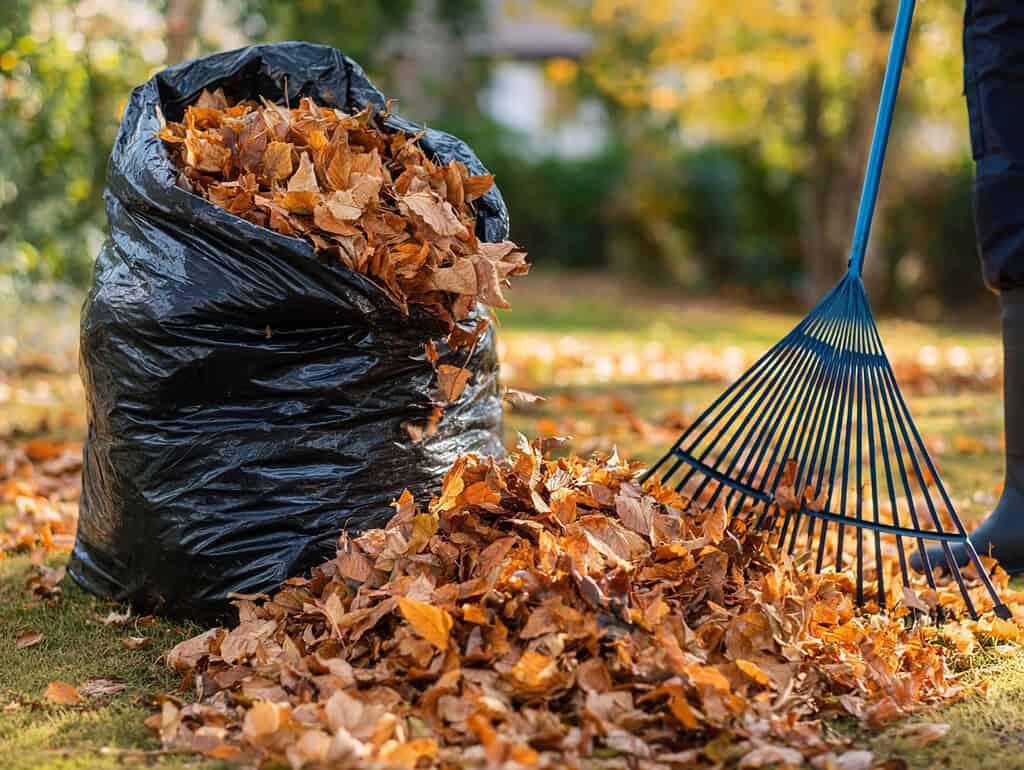
Fallen leaves may seem like a cleanup chore, but they’re actually one of the most valuable resources for a homesteader.
Rake them up and either add them directly to your compost pile or store them in a simple round bin made of chicken wire. Over time, they break down into rich leaf mold that improves soil health.
If you want faster results, you can hot-compost them instead of waiting on slow leaf mold. The Berkeley method of composting is a great approach for this because it can turn yard waste into finished compost in just a few weeks with the right balance of greens and browns.
You can also use leaves right away as mulch in your garden beds.
Spread them over garlic plantings or any bed you’re putting to rest for the winter. They help protect the soil, reduce weed growth, and return nutrients as they break down.
It’s free organic matter that would otherwise go to waste.
9. Restart Your Indoor Hydroponic System for Winter Growing
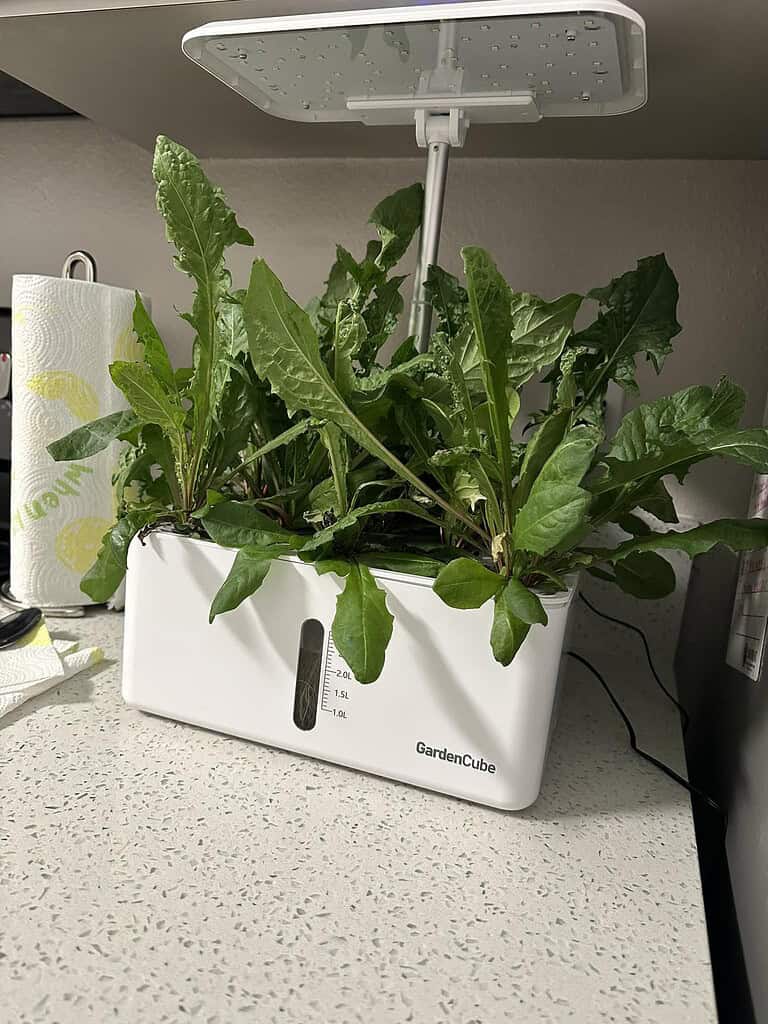
If your outdoor garden is done for the year, your hydroponic setup can keep the fresh food coming. Fall is the perfect time to clean it out and reset it for winter growing.
Remove any old roots, scrub out the reservoir, and check that your pump, timer, and lights are all working properly.
Once everything is cleaned and running smoothly, choose crops suited for indoor growing. Leafy greens like lettuce, spinach, and kale are reliable, and herbs like basil or parsley do well too.
If you don’t already have a system set up, this season is also a great time to start one.
A small setup is surprisingly simple to build (here’s how to build a DIY hydroponic system at home) and can give you fresh greens even when the garden is asleep outdoors.
10. Save Seeds for Next Year’s Garden
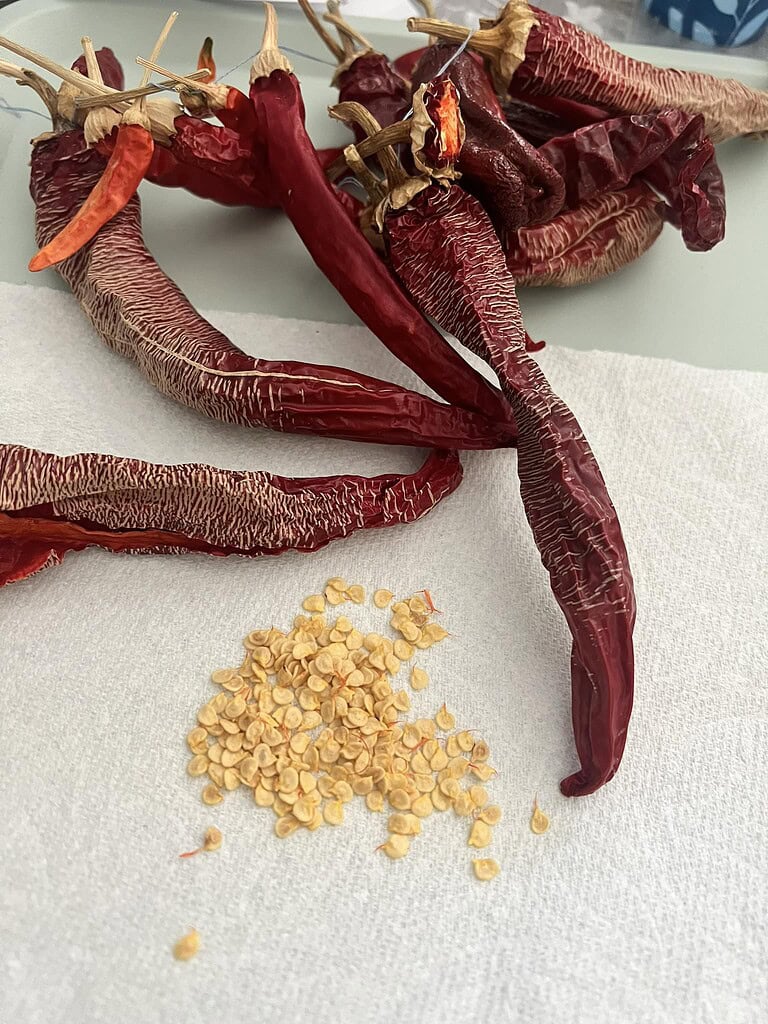
Fall is the perfect time to collect seeds from the plants that did well this season.
Most annual flowers and warm-season crops finish producing right as temperatures dip, which means their seeds are fully mature and ready for storage.
You don’t need a big setup to do this. Just let the pods or heads dry on the plant (or bring them inside if rain is coming), then gently shake or rub the seeds free.
Lay them out on a plate or paper towel until they’re completely dry, then tuck them into labeled envelopes or jars.
Saving seeds not only cuts next year’s costs, it also helps you build stronger plants over time – they adapt a little more each season to your local conditions. It’s one of the simplest fall tasks with a big long-term payoff for micro homesteaders.
11. Plant Fall Flower Bulbs for Spring Blooms
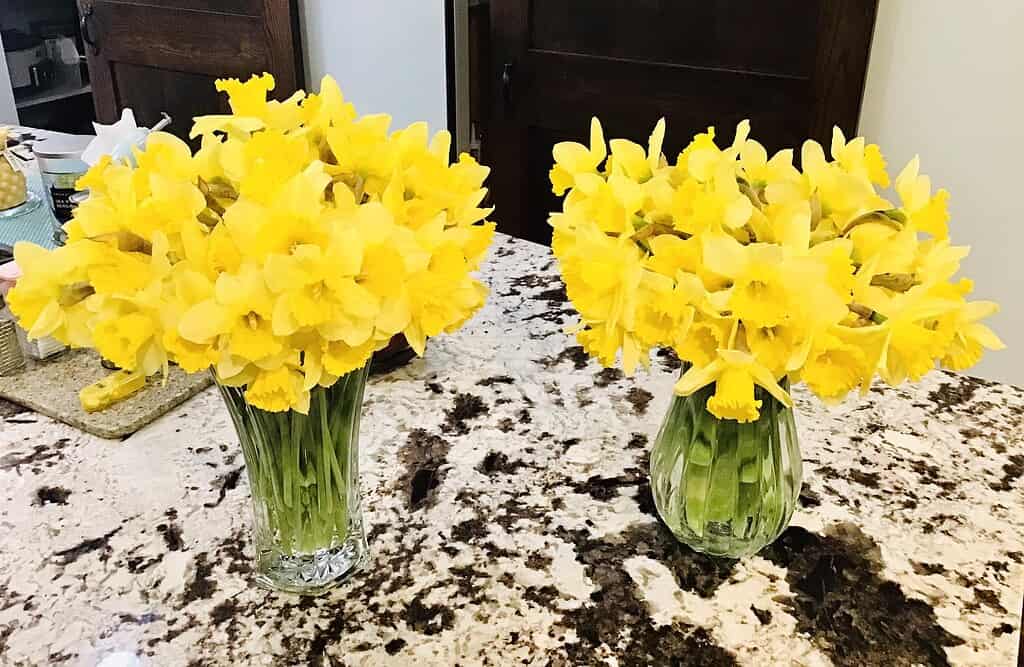
If you want blooms as soon as the snow melts, fall is the time to tuck flower bulbs into the ground. Tulips, daffodils, crocus, hyacinths, and other early bloomers need the cold months to establish strong roots.
Plant before the ground freezes, spacing bulbs at the depth recommended on the package.
Choose a well-drained spot that gets good spring sunlight. After planting, cover with a light layer of mulch to protect them through winter.
It’s a small task now that pays off in a big burst of color later (and if you want even more inspiration beyond bulbs, you can also mix in a few beautiful fall flowers to plant for late-season color).
12. Reflect on the Season and Invest in Self-Care
After months of steady work, fall is a good time to slow down and take stock.
Look back at what went well on your homestead this year – what you grew, what you preserved, and what systems saved you time or money.
Also take note of what didn’t work and what you'd change next season.
Just as important, make time for rest. Winter can be demanding in its own way, so use this slower season to recharge.
Whether it's reading, journaling, or just taking regular breaks from screens and chores, keeping yourself grounded and rested is part of maintaining a functional homestead.
Put Your Fall Prep to Work Before Winter Hits
Tackling these tasks now means fewer problems and less stress later.
Whether you're preserving the last of your harvest, insulating your home, or just making sure the pantry is stocked, each job on this list helps keep your micro homestead running smoothly through the cold months ahead.
Don’t wait for the first freeze to get started. Pick one task today, knock it out, and move on to the next when you can.
These small efforts add up fast – and they’ll set you up for a better winter and an easier spring.
What’s on your fall prep list this year? Comment down below and share your must-do tasks or tips with other homesteaders.
Frequently Asked Questions
What tools should I prioritize cleaning before winter?
Start with anything that touches soil – like pruners, shovels, and hand tools. Also clean and dry hoses and any battery-powered tools to prevent rust and damage.
Can I compost leaves if they’re a little wet or moldy?
Yes. Slightly damp or moldy leaves can still be composted. Just make sure to mix them with dry brown materials or kitchen scraps to keep the pile balanced.
How do I know if my stored produce is going bad?
Check for soft spots, mold, or a fermented smell. Rotate stored food regularly and keep storage areas cool, dark, and dry to extend shelf life.
Is there a low-cost way to insulate windows for winter?
Yes. Clear plastic window film kits are inexpensive and effective. You can also use rolled-up towels to block drafts at the bottom of windows or doors.
What’s a good first crop to grow in a hydroponic system indoors?
Lettuce is one of the easiest and fastest crops to start. It grows well under basic LED lights and doesn’t need much space or complicated setup.
